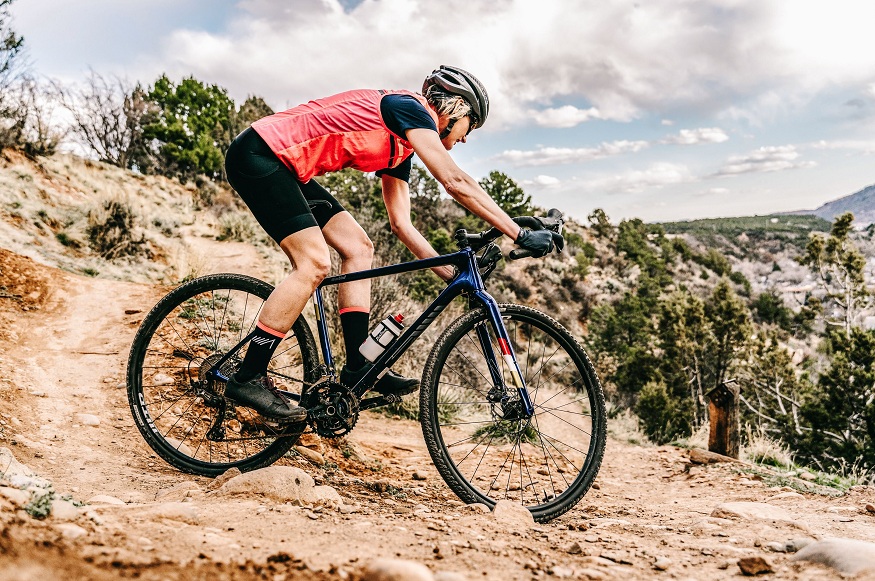Gravel biking is becoming increasingly popular with every passing day. While gravel biking would be a great idea for many, they must also pay attention to honing their cycling skills before going on long gravel rides. In the opinion of Steven Rindner, mastering cornering and descending is especially important while gravel biking, in order to ensure speed and safety while navigating loose or uneven terrain. Effective cornering enables cyclists to maintain control and tracking. On the other hand, descending requires techniques to effectively manage speed and maintain control on steeper inclines.
Steven Rindner talks about how to improve cornering and descending on a gravel bike
When gravel biking, cyclists need to look where they want to go, instead of starting at the ground right in front of the wheel. As the cyclists enter a corner, they must lift their heads and look ahead into the corner, either towards the exit or towards the entry of the following corner. The bike would want to go where the cyclist is looking. Therefore, if a cyclist focuses too intently on an object like a rock or the end of the road, they are likely to ride right into it. Hence, it is prudent to turn the head and look into the corner. This shall naturally set the cyclists up to safely complete the corner. Another benefit of looking ahead is that it often makes the cyclists feel that they are moving slower, and can help reduce fear. In case a cyclist is worried about something on the ground like a rock, rut, or other obstacle, they should keep tabs on it using the peripheral vision.
When cyclists get nervous, they are prone to pushing their head and chest away from danger. But while doing so, they end up sitting too upright or far back on their bike, which can compromise control. Hence, cyclists should try to keep their chest in a low and aggressive position instead. This would increase the range of motion, and make it much easier to effectively react to the terrain changing beneath. Doing so would also keep the weight of the cyclist forward over the tire, which helps improve traction and lowers the odds of the front tire washing out. To get their chest low, one should hinge at their hips, fold the torso so it is level and bend the arms. Hinging at the hips would allow the weight of the cyclist to be supported by their core, hamstrings, and glutes, instead of resting entirely on the hands.
As per Steven Rindner, over-gripping uses up a lot of energy and therefore should be avoided. It also increases tension throughout the body, which may reduce control on the bike. To properly corner and descend, one has to find flow, and tension is the enemy of flow. Therefore, it becomes important for cyclists to relax their hands consciously and grip the bars of the gravel bike lightly.
When cornering on the road, cyclists should lean the bike in line with their body to maximize traction in corners. However, on loose or sketchy off-road terrain, it shall be better to lean the bike a bit more than the body, as this would force the cornering knobs on the edge of the gravel tire to bite into the ground, thereby increasing traction.

